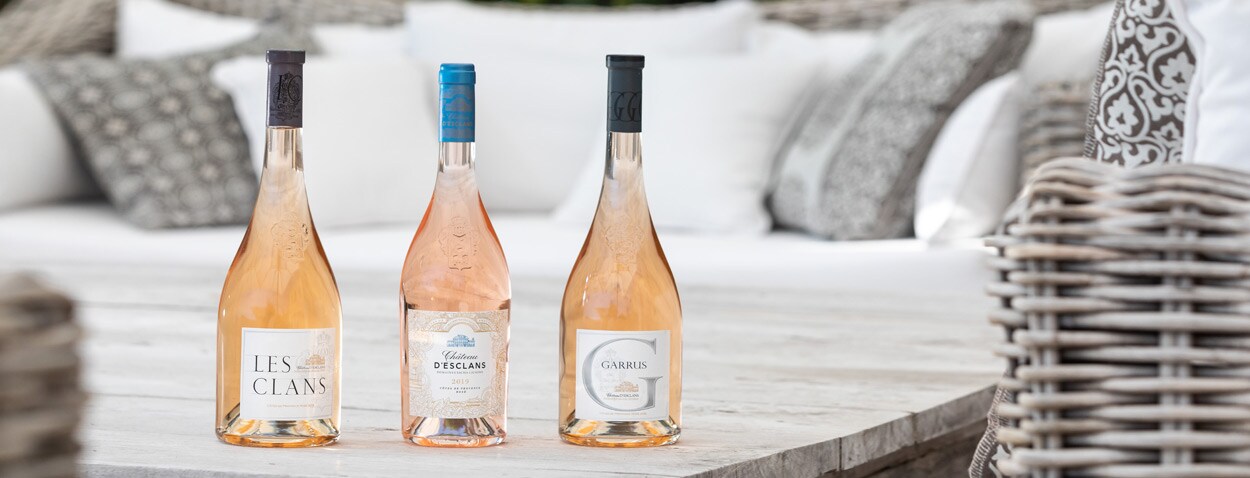The World Of Fine Wine


PROVENCE ROSÉ: TELLING BRUSHSTROKES:
ISSUE 76 | 2022
Provence rosé is the commercial success story of 21st-century wine. But is the style capable of greatness? Andrew Jefford is joined by Simon Field MW and Anthony Rose for the WFW ’s first-ever rosé tasting, which revealed a set of nuanced, drinkable wines marked by consistent quality and deft winemaking.
The cultural fit between rosé and Provence is a happy one, too. The world dreams of holidaying here, sipping waterside rosé twice a day, and the physical glamour of this, the prettiest of wines in the glass, helps marketing initiatives of all sorts—from film-star or grand-industrialist estate ownership, through celebrity endorsement, to straightforward brand-building.
The work of Sacha Lichine and his collaborators since 2006 has driven much of Provence rosé’s success, with Garrus, Les Clans, and Château d’Esclans itself (and the ambition and “fine-white” aesthetic behind them) making much of the running, and with Whispering Angel becoming one of the most successful global 21st-century wine brands to date. (It alone accounts for as much as 6.5 percent of the production of Côtes de Provence—and this gigantic appellation has 20,200ha [50,000 acres] under vine.)
The Lichine team pioneered the use of white Rolle/ Vermentino grapes in Provence rosé blends—which helps bring the white-almond creaminess many relish in Provence rosé, as well as reining back color and contributing freshness. Up to 20 percent white grapes can be used if they include Rolle (only 15 percent if not), and the grapes must be co-fermented; separate vinification followed by blending is outlawed.






